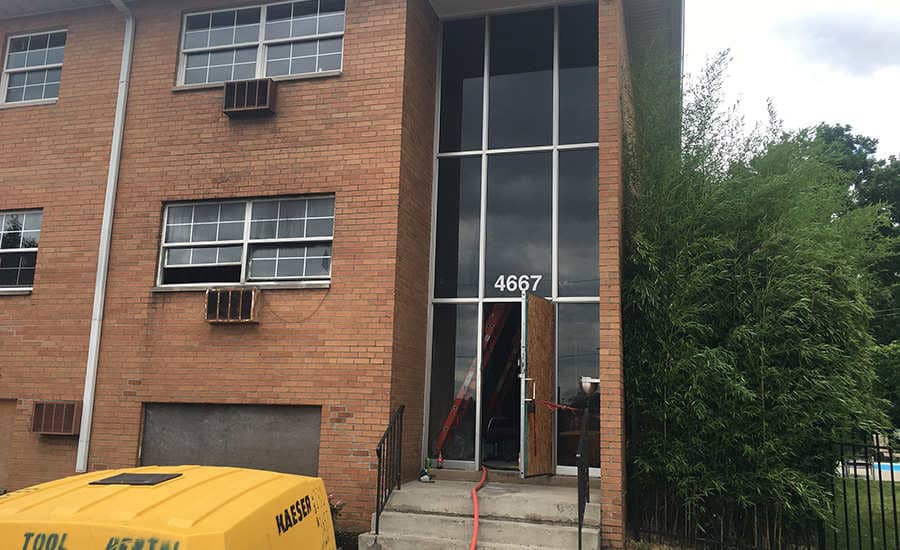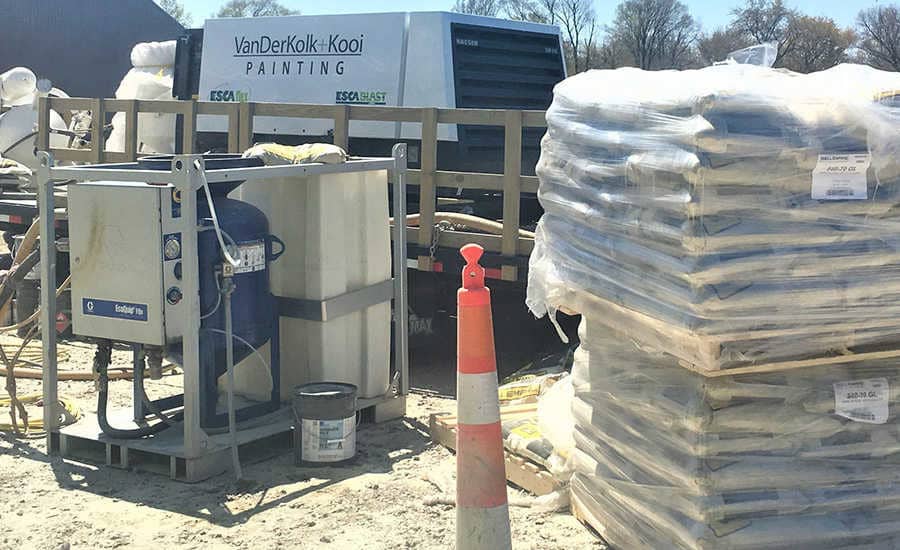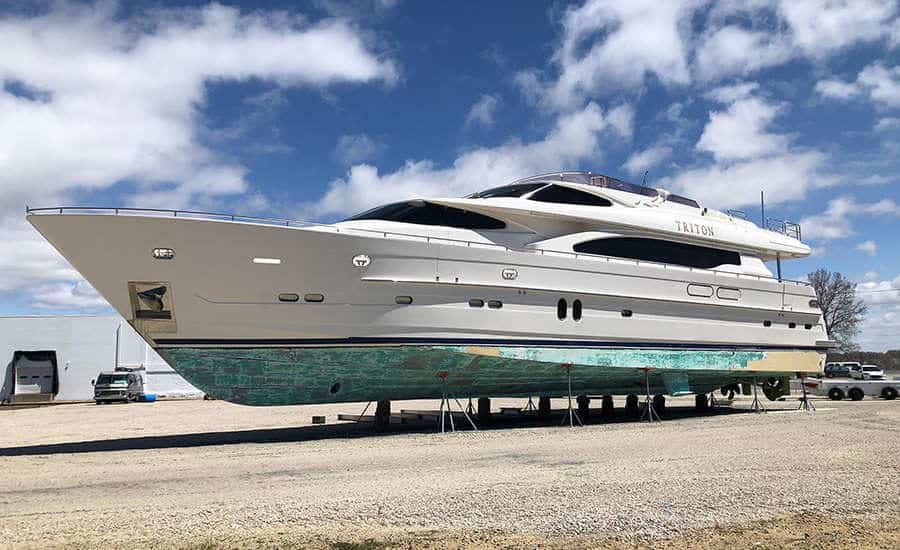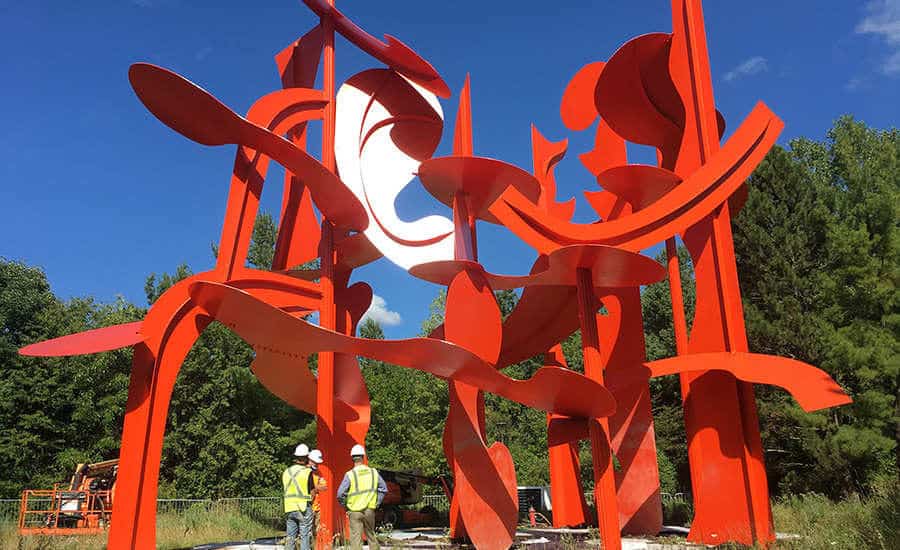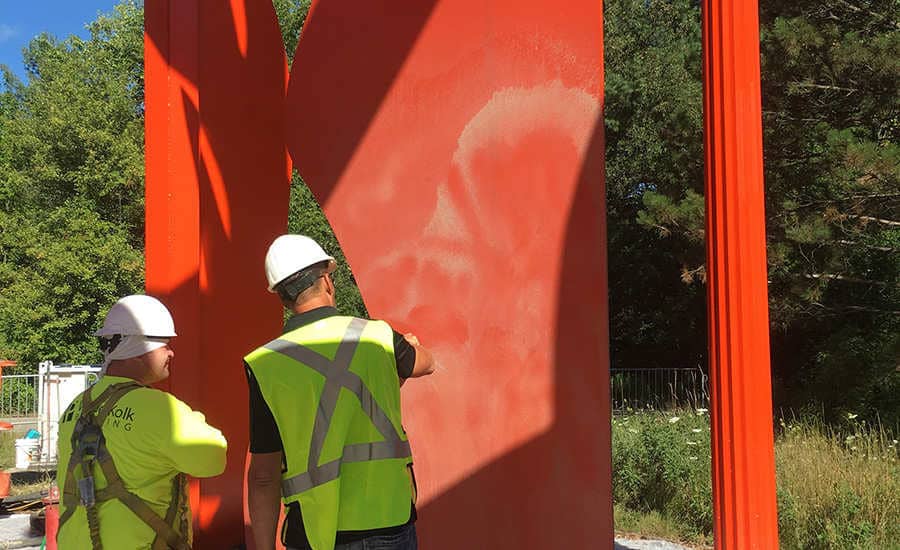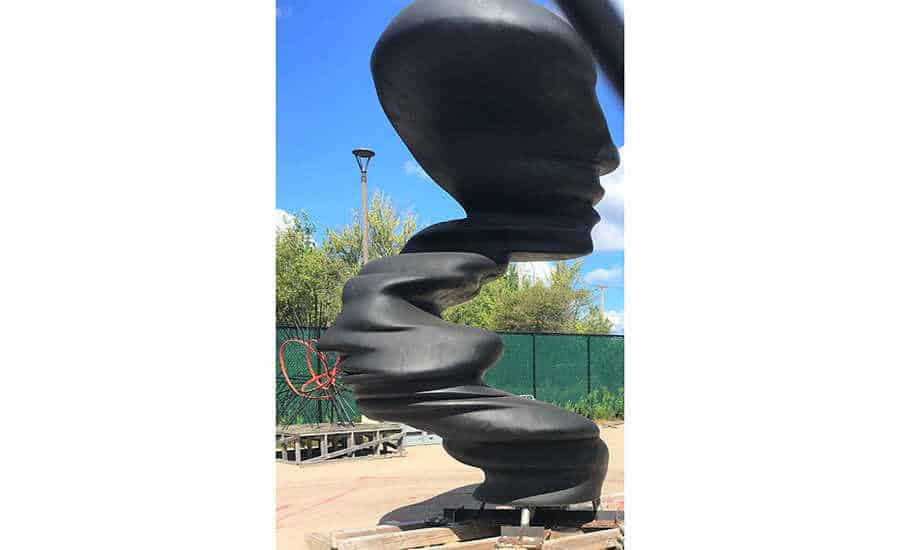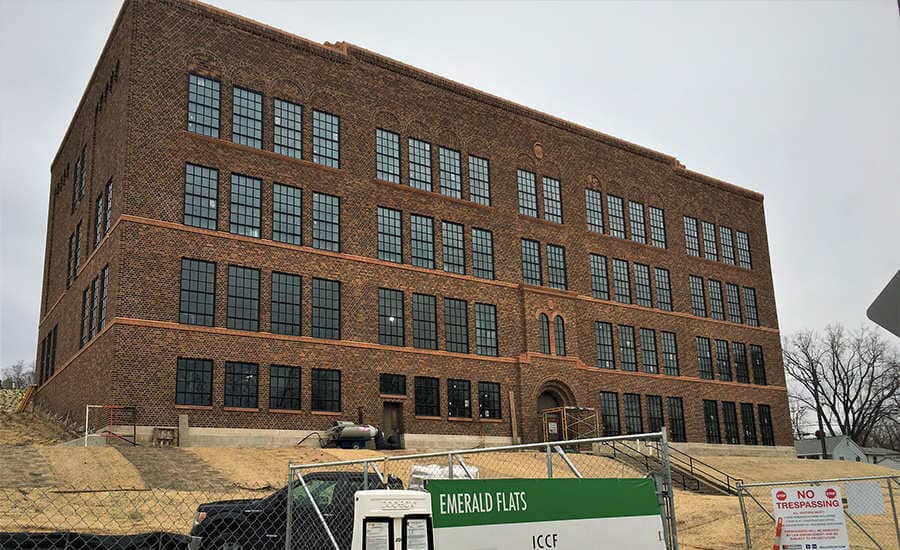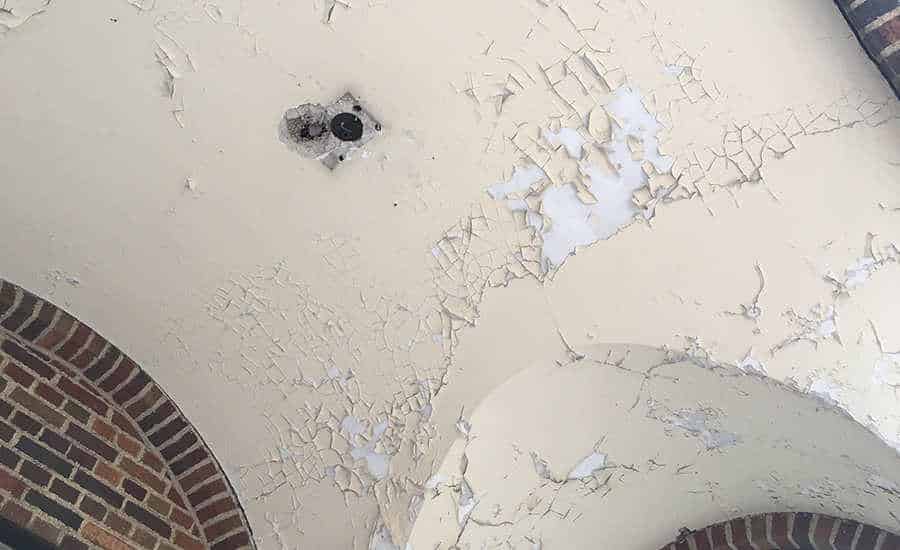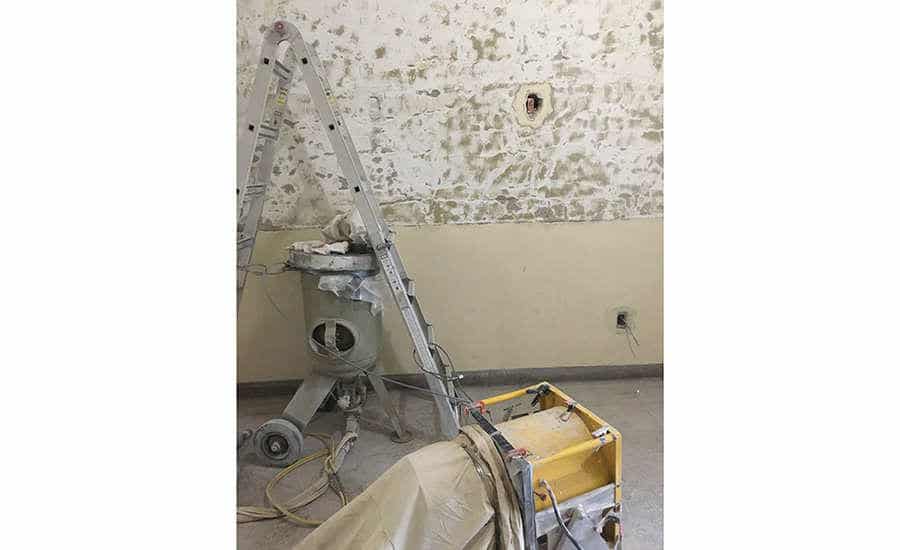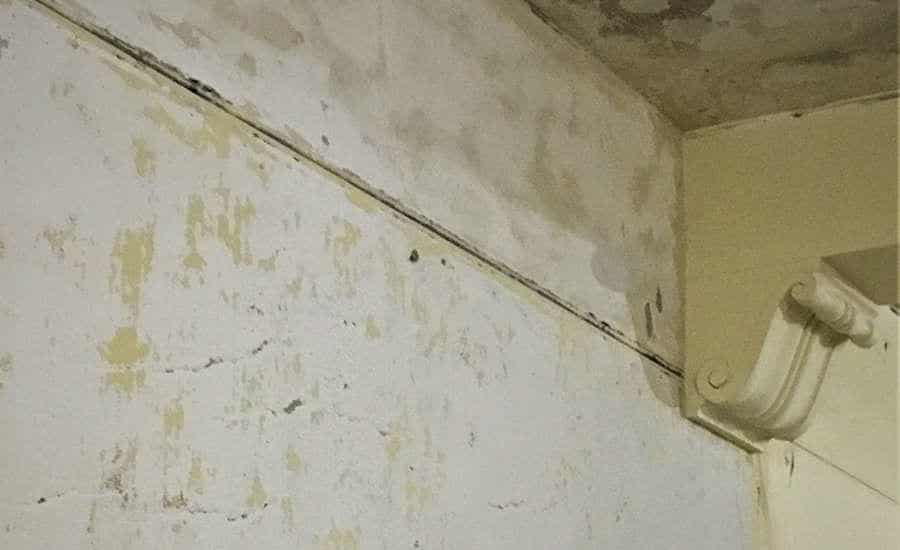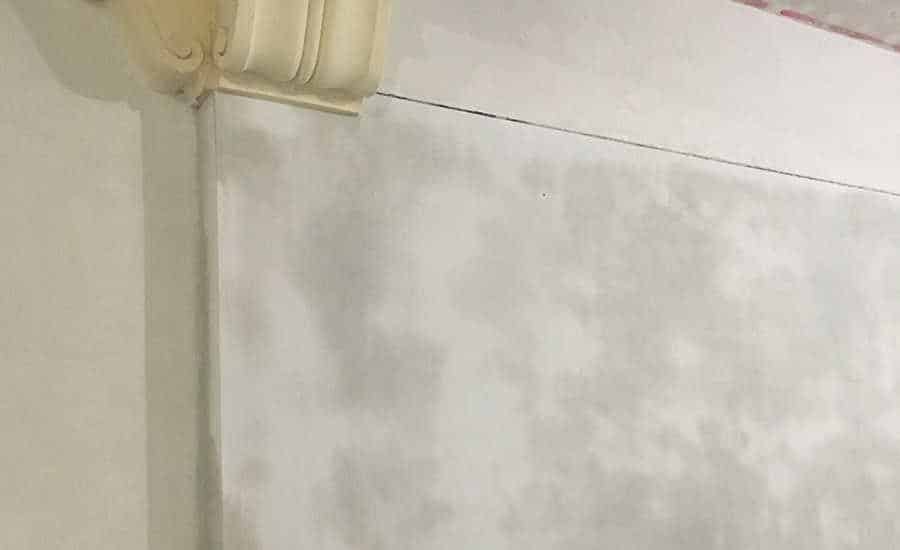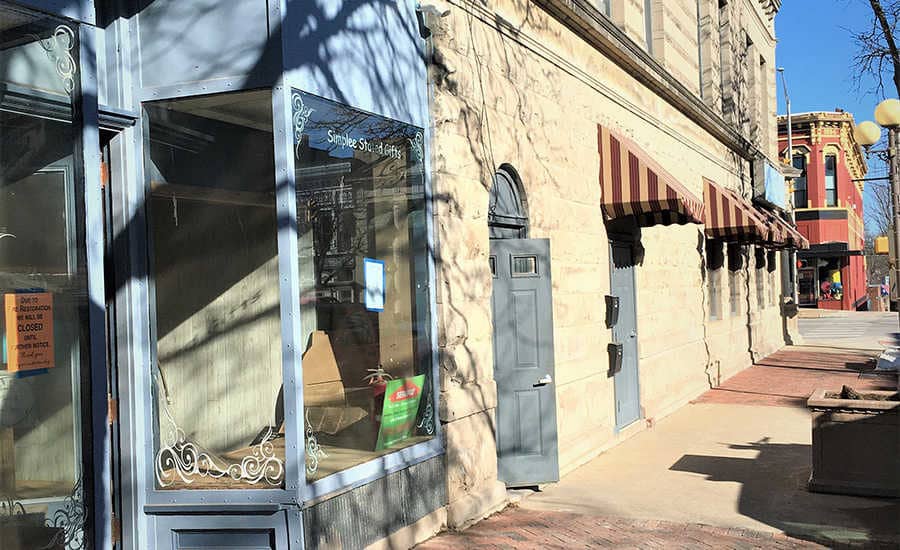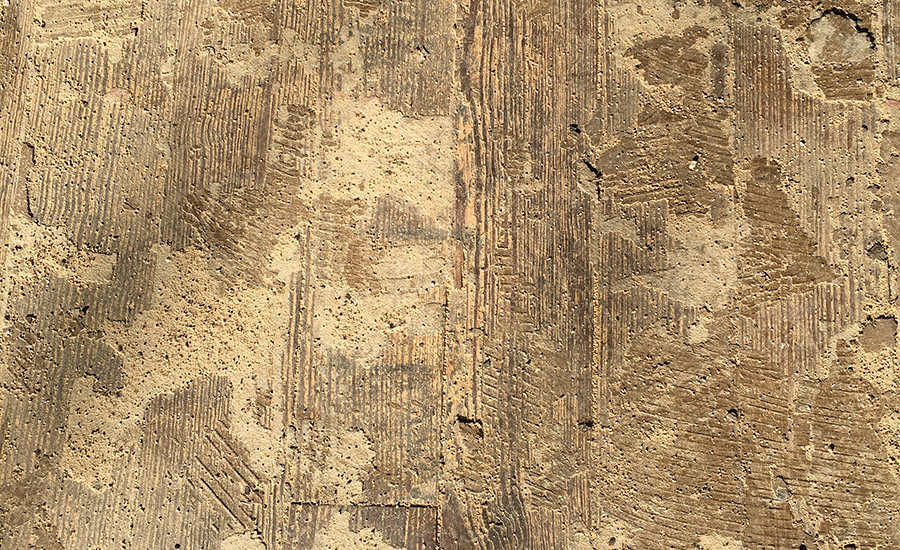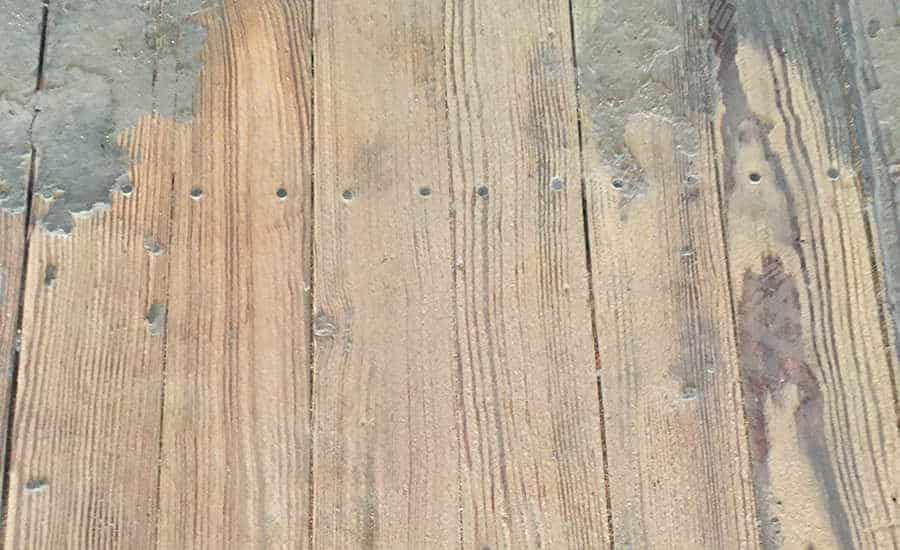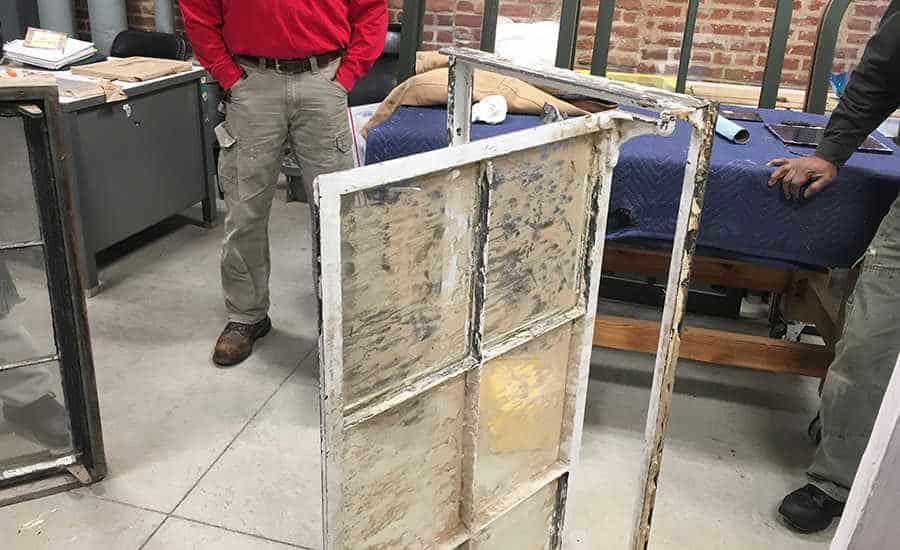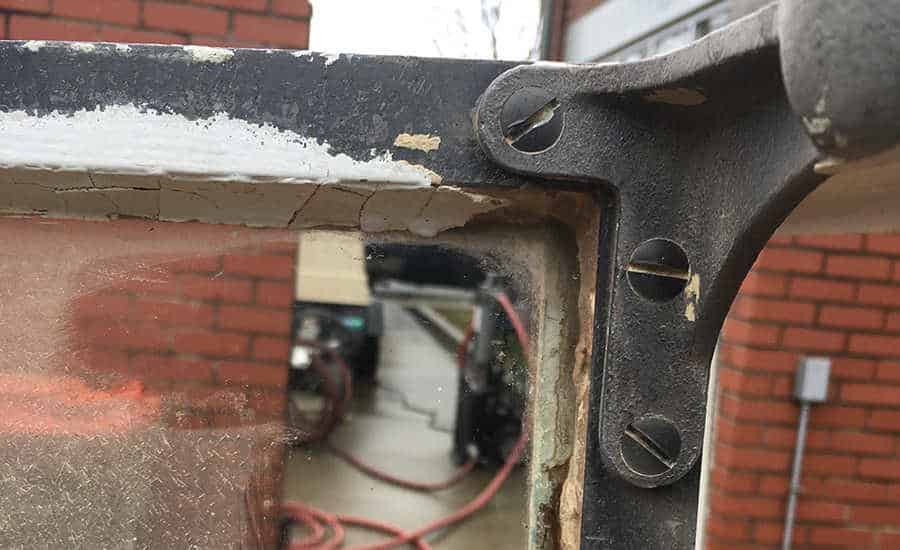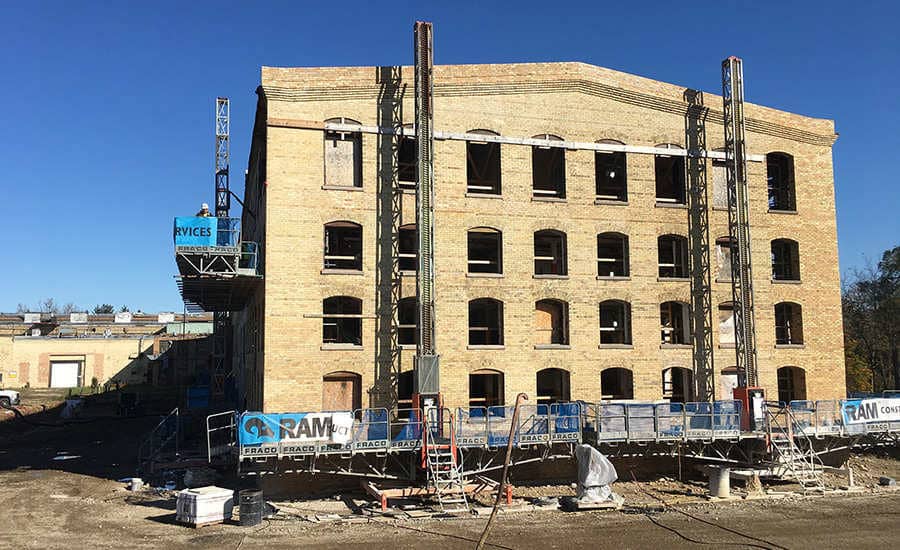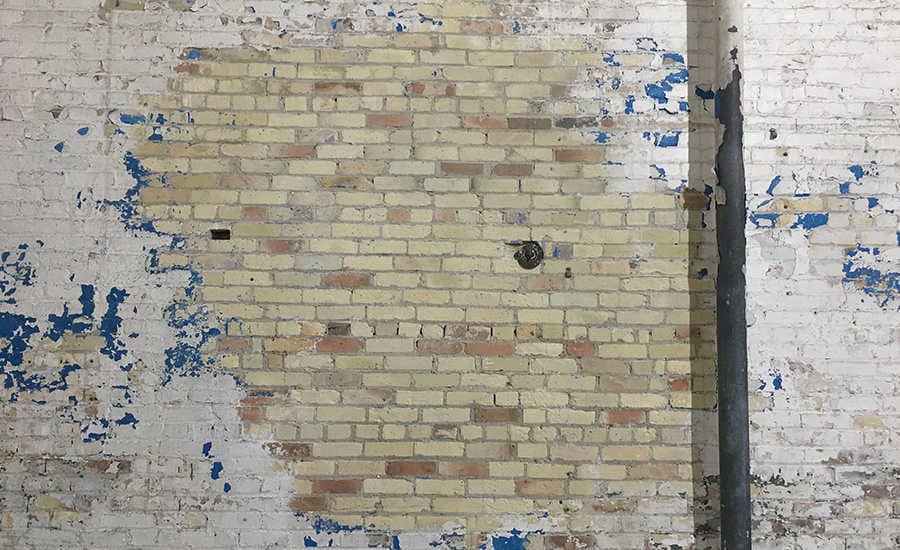For the last few months, more than ever before, people ask very sincerely, “how are you doing?” A global pandemic has impacted us either directly, or indirectly, in almost every corner of our lives. It’s a reasonable question. As a salesman with more than 25 years in the industry, customers call all the time who I haven’t spoken with since well before the virus invaded. The first question after so long an absence establishes that we are doing okay – physically.
Once we’ve established that we’re surviving, and our families are “safe” – more or less – the questions turn quickly to business. More precisely, questions follow like, “have you been busy?” or “how is your business?” Abrasive blasting is certainly not immune to economic ups and downs, but this year has been very interesting, and even lucrative, for those who know the business of cleaning. Specialty cleaning processes, like abrasive blasting, provide business opportunities, and set you apart from the pack. Let’s look back at some of the more interesting and lucrative applications for abrasive blast cleaning during the pandemic.
Fire Damage Restoration
A returning customer we had not talked to in years, since he sold his first contracting business, came to me with a classic favorite: fire restoration in a brick apartment building. (see picture #1) Baking soda remains one of the best options for removing soot and fire residue from masonry of all types with no damage. (see picture #2) The effects are obvious when you look at the clean surfaces. Less obvious, but still very noticeable, is the elimination of the smoke odor, as baking soda changes the pH of soot, neutralizing the source of the odor. Applied properly, the results from this process never get old.
Boat Maintenance
To say this last summer was strange would certainly be an understatement. As a means to keep people “distanced” from each other, boating was illegal in places like Michigan. If you can’t drive your boat, why not do some much-needed maintenance? Several new contractors came to me for guidance on a lucrative new sideline: blasting “bottom paint” (a protective, anti-fouling coating) off boats left on dry land for the season.
One particular contractor started using their newly-purchased wet abrasive blast unit for this very application. (see picture #3) Recycled crushed glass, water, and compressed air create a dustless application that safely removes bottom paint with minimal damage to the fiberglass gel-coat. (see picture #4) This large yacht, like many other large fiberglass craft, was made in a third-world country with poor workmanship. (see picture #5) This poorly laid fiberglass hull required repairs far beneath the paint. Not every contractor will find this application attractive, but it is a great example of making lemonade when life hands you lemons.
When the Pandemic Brings People Outside
While boating and many other activities that encouraged gathering together were off-limits, some outside activities became even more popular. Hunting, fishing, hiking, dog-walking, and spending time in the great outdoors became the go-to entertainment option for many.
One such option is Frederik Meijer Gardens, a sculpture park with walking trails that display works of art from the world’s leading sculptors. (see picture #6) When a high-tech coating failed on one large work, a stabile entitled Aria, another opportunity for blasting with a dustless process was the reply. (see picture #7) Inexpensive, recycled, crushed glass through a wet blast system readily removed the failed clear-coat with no interruption to the public’s access to the gardens. One success led to another and the contractor was called back to blast the metallic base for another work. (see picture #8) Abrasive blasting equipment, when applied correctly, creates opportunities to expand and diversify, even in uncertain times.
Property Redevelopment
Another application that comes to mind on this tour of interesting jobs from the year of COVID-19 is Emerald Flats. (see picture #9) A contractor called looking for help with restoration needs inside a formerly vacant, four-story brick elementary school. This particular school was built in 1928, and served the surrounding community for more than 80 years before it was abandoned as a place of learning. This majestic, historically-significant building is ideally situated in a residential neighborhood directly adjacent to the downtown medical district. After sitting vacant for the last dozen years, this structure will soon become 50 brand new apartments. Shepherded by the Inner City Christian Fellowship, many of the units are earmarked for handicap access, lower income, and other equitable opportunity residents. One portion of the restoration involved failing coatings (flaking paint) and cracked plaster wall coatings. (see picture #10) The plaster and handiwork in the building is the product of a former time. The artisans that built this structure, and the pre-WWII technology they employed, are no longer available. Tearing it out and replacing the plaster surfaces and architectural features in the building was just not an option. With a little attention to blast pressure and technique, walnut shell blasting was found to be fast and effective. The dry blasting process removed the failed coatings and (intentionally) exposed weaknesses and cracks in the plaster. Proper containment, ventilation, and air movement using dust socks provided a productive work envelope. (see picture #11) Once blasted, the surface was stable and solid, a perfect canvas for a surface coating of modern plaster and paint. (see pictures #12 and #13) The general contractor on this job was thrilled with the results, the speed of the process, and the ability of the subcontractor to provide a viable answer to their restoration problem. Of course, the blasting subcontractor was happy to fill this role.
Flooring & Wood Restoration
Walnut shell also makes another appearance on this tour. A contractor with years of soda blasting experience called with a new application in mind – restoring the original wood floor in a 120-year-old building that was reopening to retail shoppers. (see picture #14) A fire in the apartments above the retail shops initially brought the contractor to the jobsite. They used baking soda blasting extensively upstairs on the heavily-damaged roof and structure. Soon, the shop owner inquired about the ability of blasting to restore the original wood flooring that was discovered under layers of flooring installed over the last century. (see picture #15) Walnut shell blasting quickly and effectively removed layers of adhesive and other remnants with no damage to the original flooring planks. (see picture #16) With just a little post-blast preparation and finishing, the shop owner was thrilled with the outcome, and the contractor learned a new use for his multi-media blast system.
Old buildings have old windows. When an old building gets a modern makeover, old windows must be addressed. Often, the best alternative is to replace the windows with a modern unit. Another contractor has found a comfortable niche in the world of restoration by taking a different route – restoring antique window systems. (see picture #17) This contractor relies on the ability of his blast system to blast wet and dry with multiple different blast media. Some applications require a soft approach with media like baking soda or corncob meal, allowing blasting directly adjacent to glass panes. (see picture #18) Other applications require harder abrasives like glass, garnet, and mag oxide to remove rust, corrosion, and multiple layers of paint. Whatever the window restoration challenge, these guys have a very versatile tool in their bag of tricks with abrasive blasting.
Historical Restoration
Believe it, or not, I never really get tired of hearing from contractors about old building restorations. Sure, fire losses are the day-in, day-out mainstay of most restoration contractors, but the opportunity to work on an occasional historical restoration is very rewarding. Another contractor found this to be the case, as well, in the form of an old paper mill transforming from derelict factory to an upscale housing, retail, and meeting space. (see picture #19) Layers of paint, and decades of debris are easily erased with cob meal blasting with no perceptible damage to the brick surfaces. (see picture #20) The results are spectacular. Once paint-covered and ugly, the new face of the exposed brick is clean and ready to face another century.
Successful contractors use abrasive blasting to great effect. The diverse applications are highlighted in this tour of applications. Use your imagination, and find your niche with abrasive blasting for architectural restoration.
Republished from: https://www.randrmagonline.com/articles/89315-diversifying-media-blasting-services




